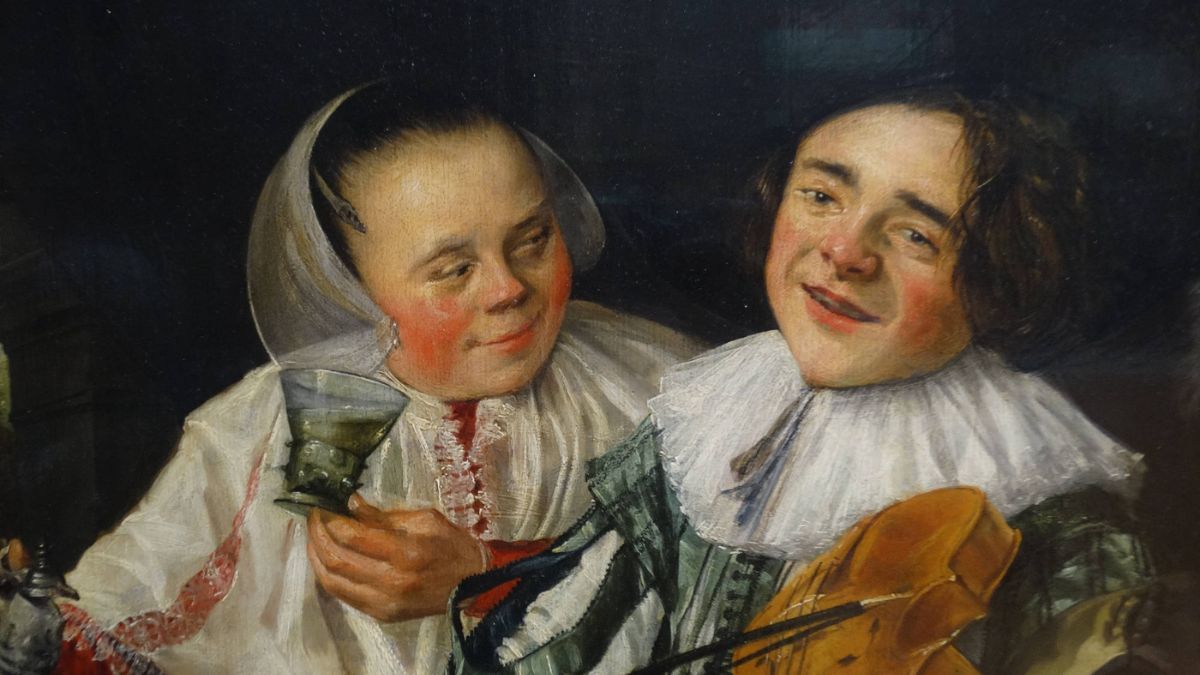In the 17th century, Dutch painter Judith Leyster stood out as one of the few women in her field. Her work was virtually forgotten until the late 19th century, despite her talent and fame during her lifetime. She is now considered a major artist of the Dutch Golden Age.
Early Life and Career
Judith Leyster entered the world in 1609, a native of Haarlem, the Netherlands. Both her father and mother were artists; her father was a brewer and her mother was a painter’s daughter. Judith’s early interest in art was likely fostered by her mother, who encouraged her to take up painting classes. At the age of eighteen, she became a member of the prestigious artists’ guild in Haarlem, the Guild of St. Luke.
The early works of Leyster show clear influences from the Dutch Golden Age master Frans Hals. Her ability to depict the nuances of facial expression and body language immediately earned her acclaim, and she became renowned as a superb portraitist and genre painter.
Success and Marriage
Leyster made history in 1633 when she was accepted into the Guild of St. Luke as a master painter. Her marriage to painter Jan Miense Molenaer, with whom she had five children, occurred about the same period.
In the years that followed, Leyster’s career flourished much further. She was well-liked by her peers and commissioned by wealthy clients. Her works were distinguished by vibrant compositions, nuanced use of light and shadow, and meticulous execution.
Rediscovery
Leyster’s work was well-received during her lifetime, but it has been virtually forgotten in the centuries since. Her paintings weren’t fully rediscovered and appreciated for their aesthetic merit until the latter half of the nineteenth century.
The Dutch art historian Cornelis Hofstede de Groot, who in 1893 published a catalogue of Leyster’s work, played a significant role in her rediscovery. Since then, her work has garnered international attention and collector demand, with exhibitions in institutions on every continent.
Legacy
Judith Leyster is now widely considered to be among the greatest Dutch Golden Age artists. Technical prowess, masterful use of light and shadow, and an empathetic understanding of the human experience are hallmarks of her work.
However, Leyster’s legacy is not limited to her artwork. She was one of the few woman artists of her period, and her work encouraged other women to follow in her footsteps. Her legacy lives on in the hearts and minds of creatives and art enthusiasts around.
Additionally
- Leyster frequently depicted everyday things, like concerts, kids playing, and housework. Her paintings were so realistic because of her attention to detail and her ability to capture the subtleties of her subjects’ facial expressions and body language.
- “The Proposition,” one of Leyster’s most well-known works, depicts a guy handing a coin to a young woman, who watches with a mix of fascination and distrust. Leyster’s ability to portray the nuanced expressions and interactions of regular people is brilliantly displayed in this work.
- The way Leyster manipulates light and shadow is also noteworthy. She used stark contrasts of light and dark to give her paintings a sense of depth and three dimensions. Although many artists of the Dutch Golden Age used chiaroscuro, none were as adept at it as Leyster.
- Leyster was a pioneer for women artists, in addition to her technical expertise and creative talent. She was one of the few woman artists of her day to gain widespread acclaim, and her work inspired countless women to follow in her footsteps.
Conclusion
Judith Leyster was an accomplished painter who made significant contributions to the evolution of Dutch Golden Age art. Her artistic brilliance was recognised long after her death, thanks to the rediscovery of her work. She is remembered today as a pioneer for women artists as well as for her paintings.
Paintings by Judith Leyster are displayed in museums all over the world and are highly sought for by collectors. Artists and art enthusiasts alike benefit from her legacy as a great artist and a trailblazer for women in the arts.











